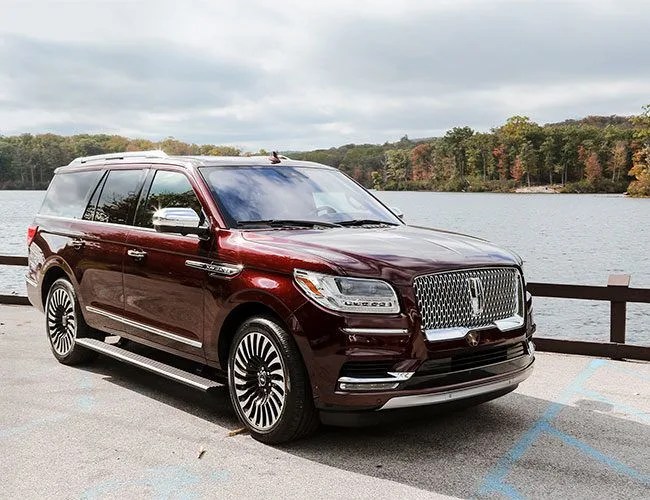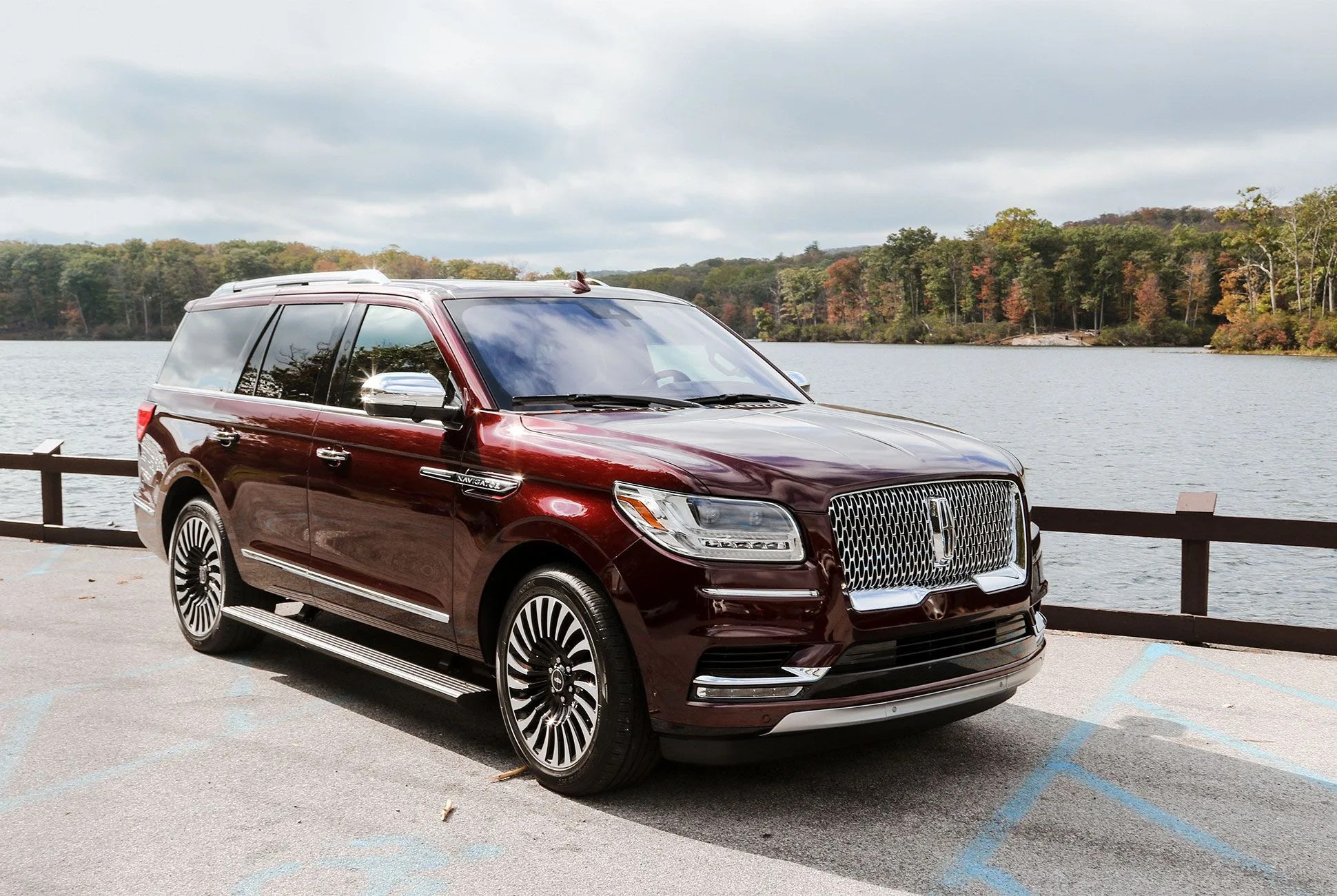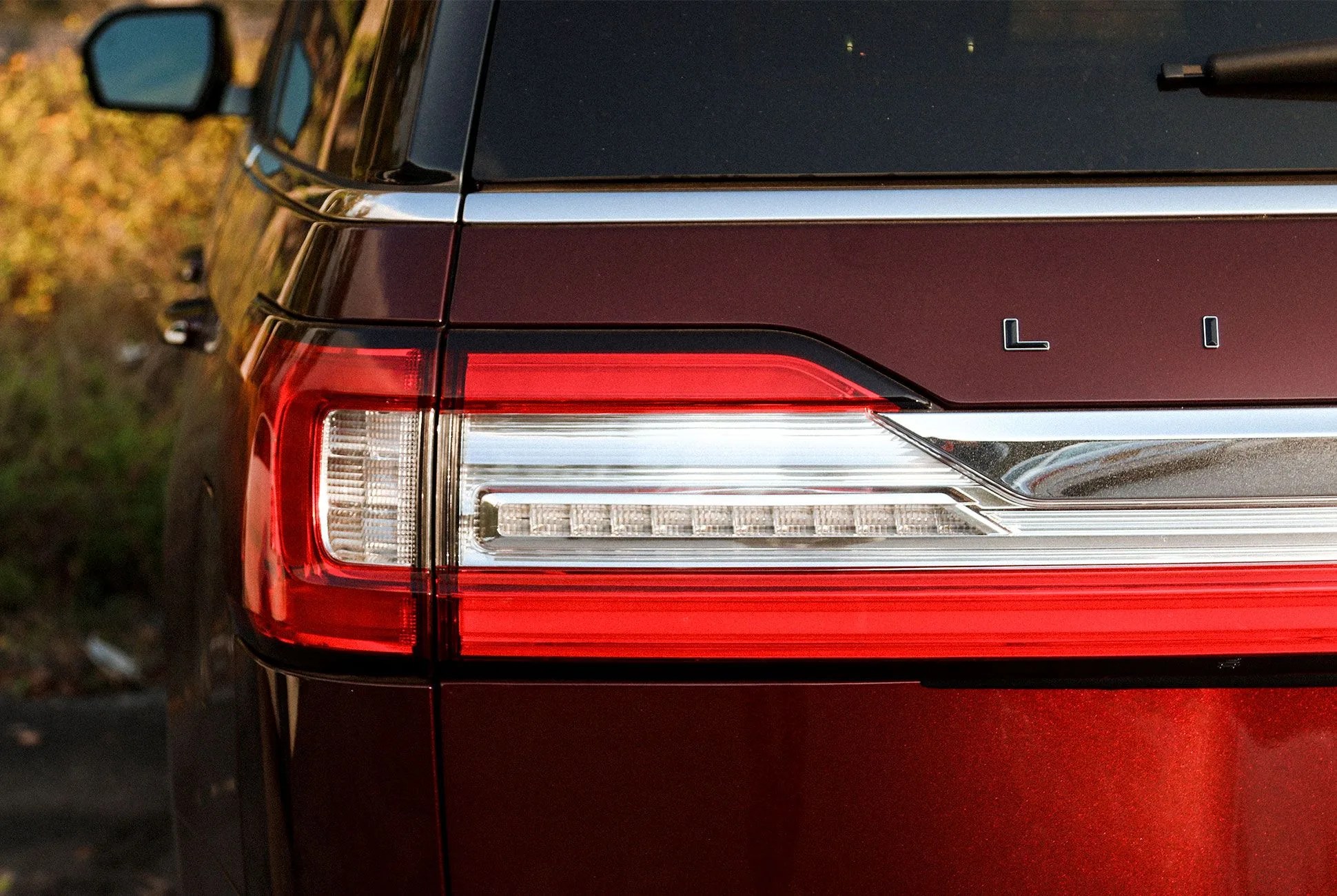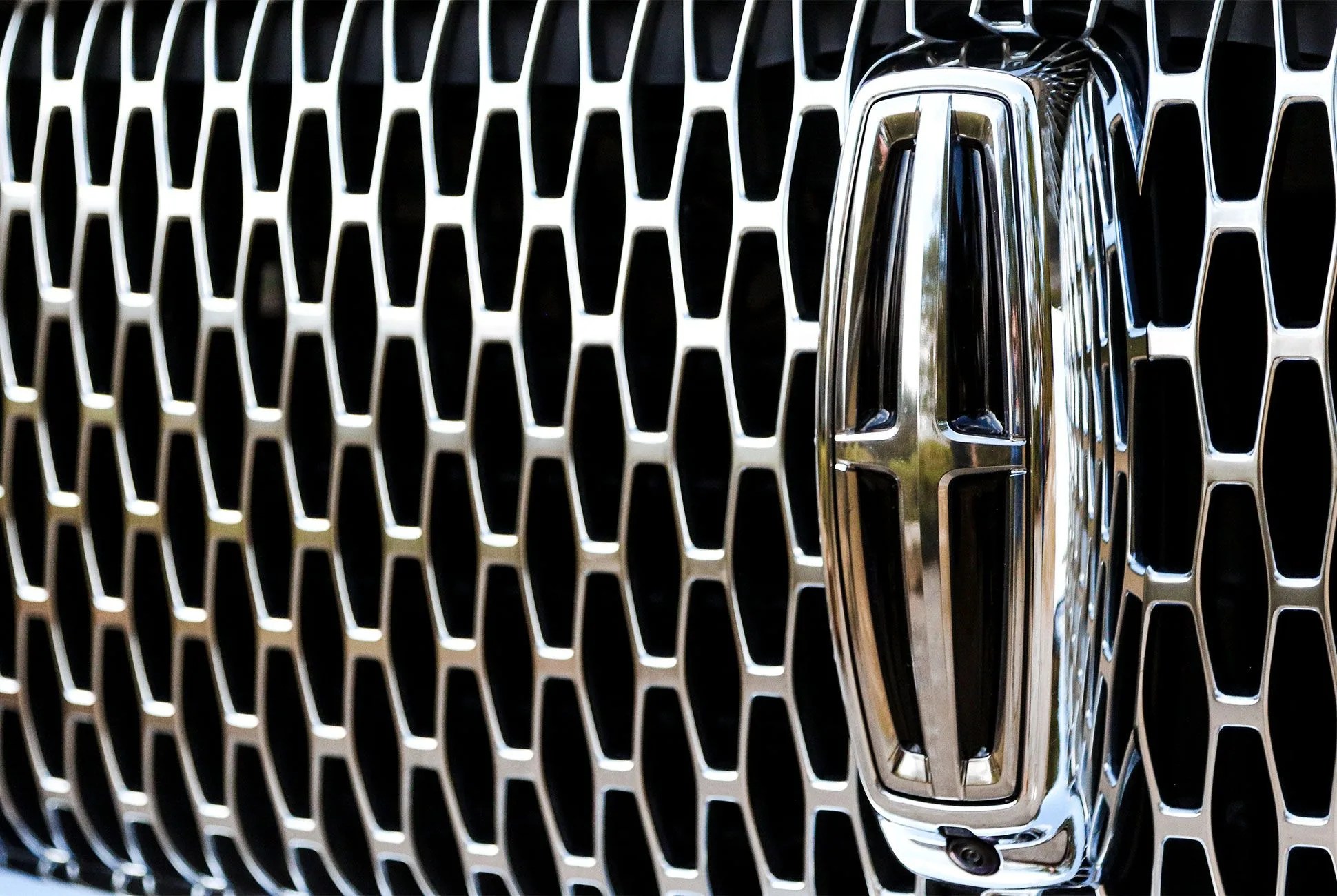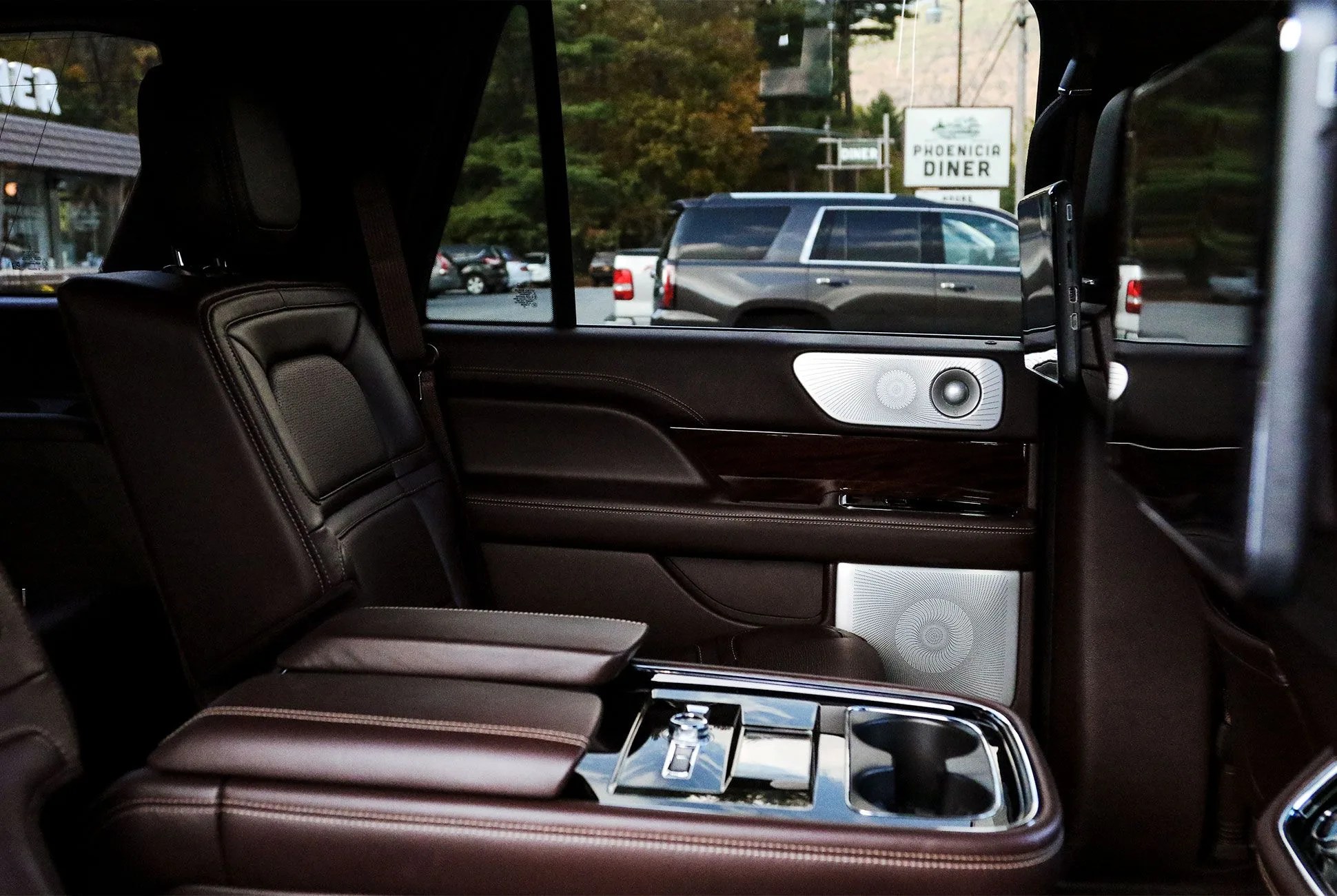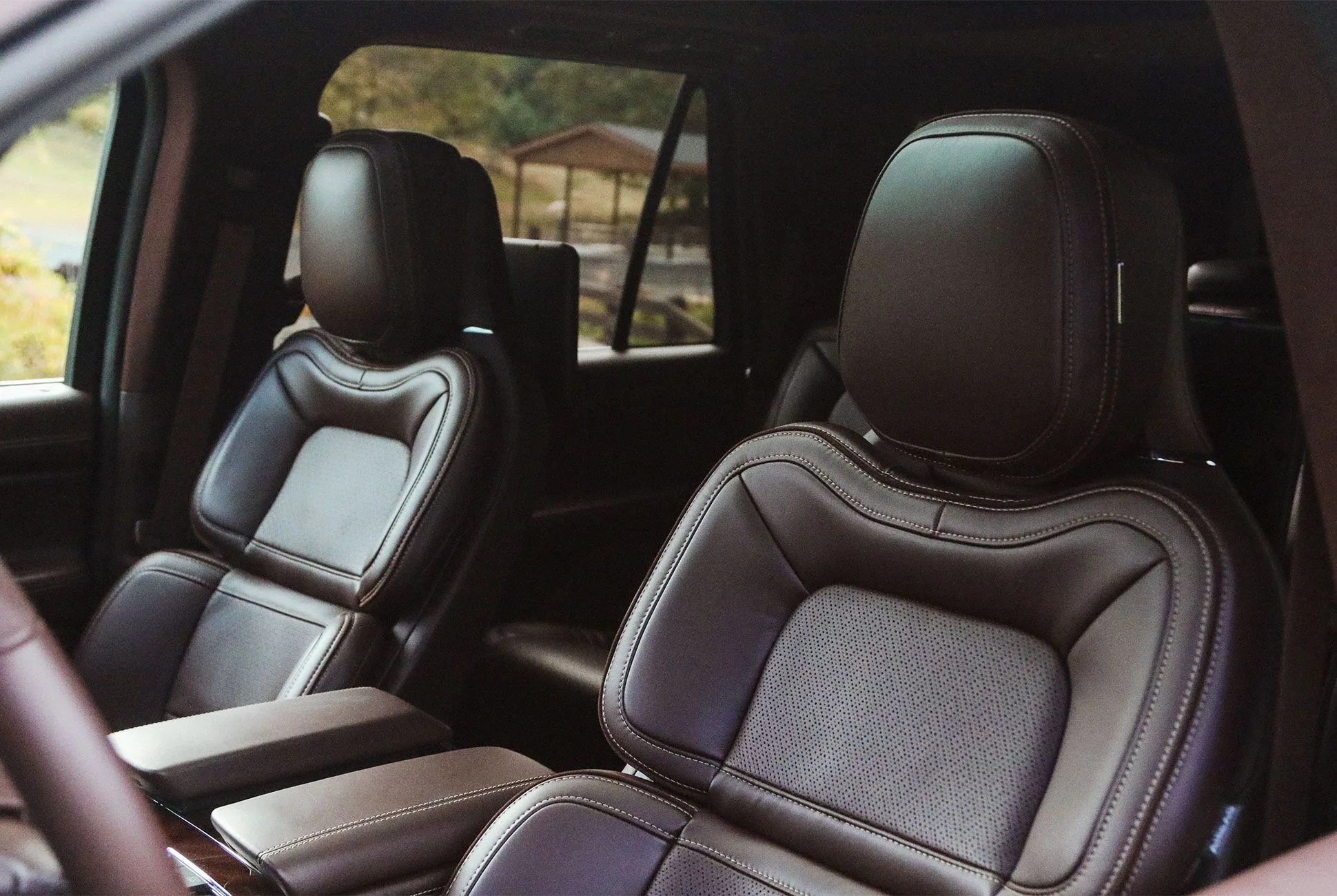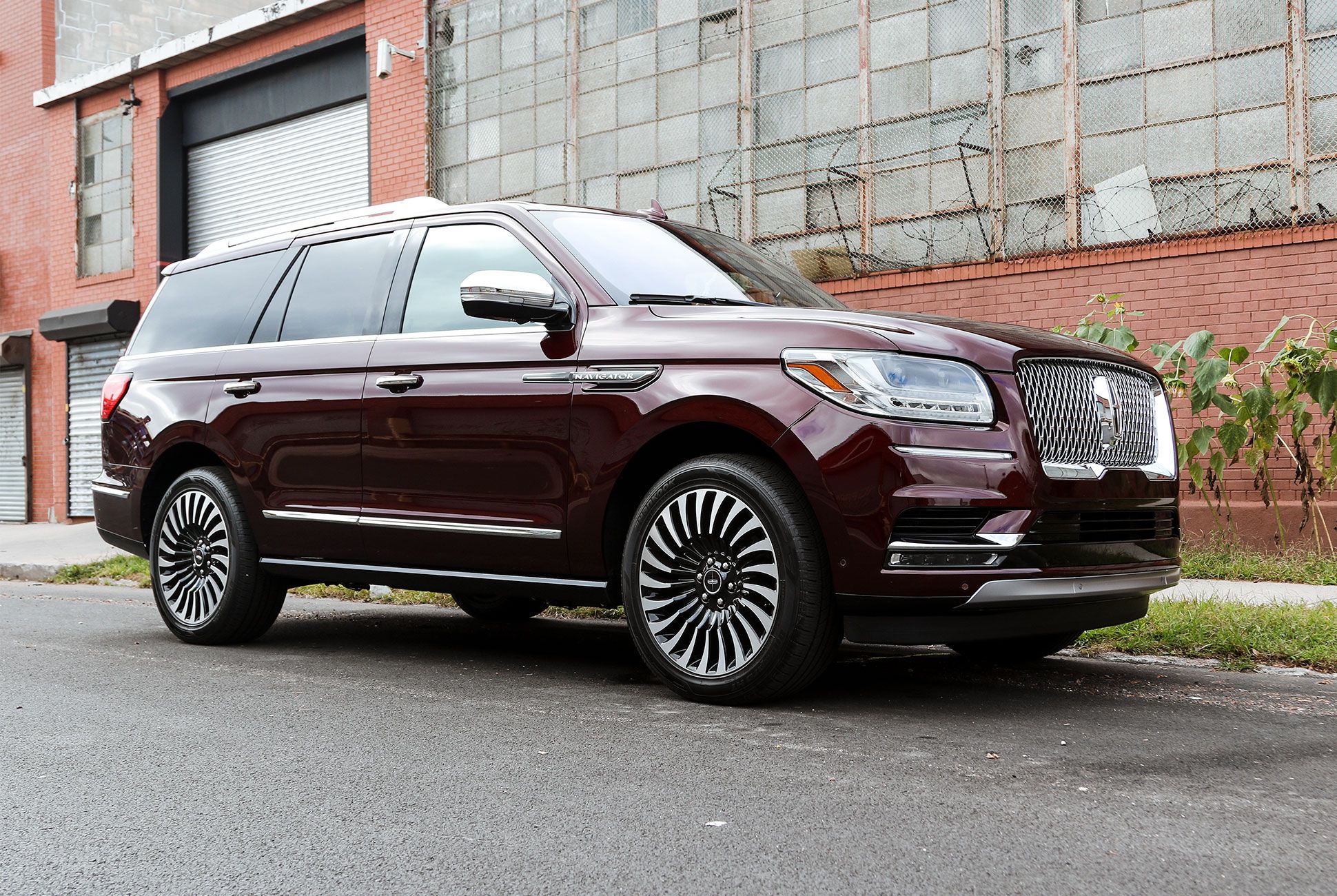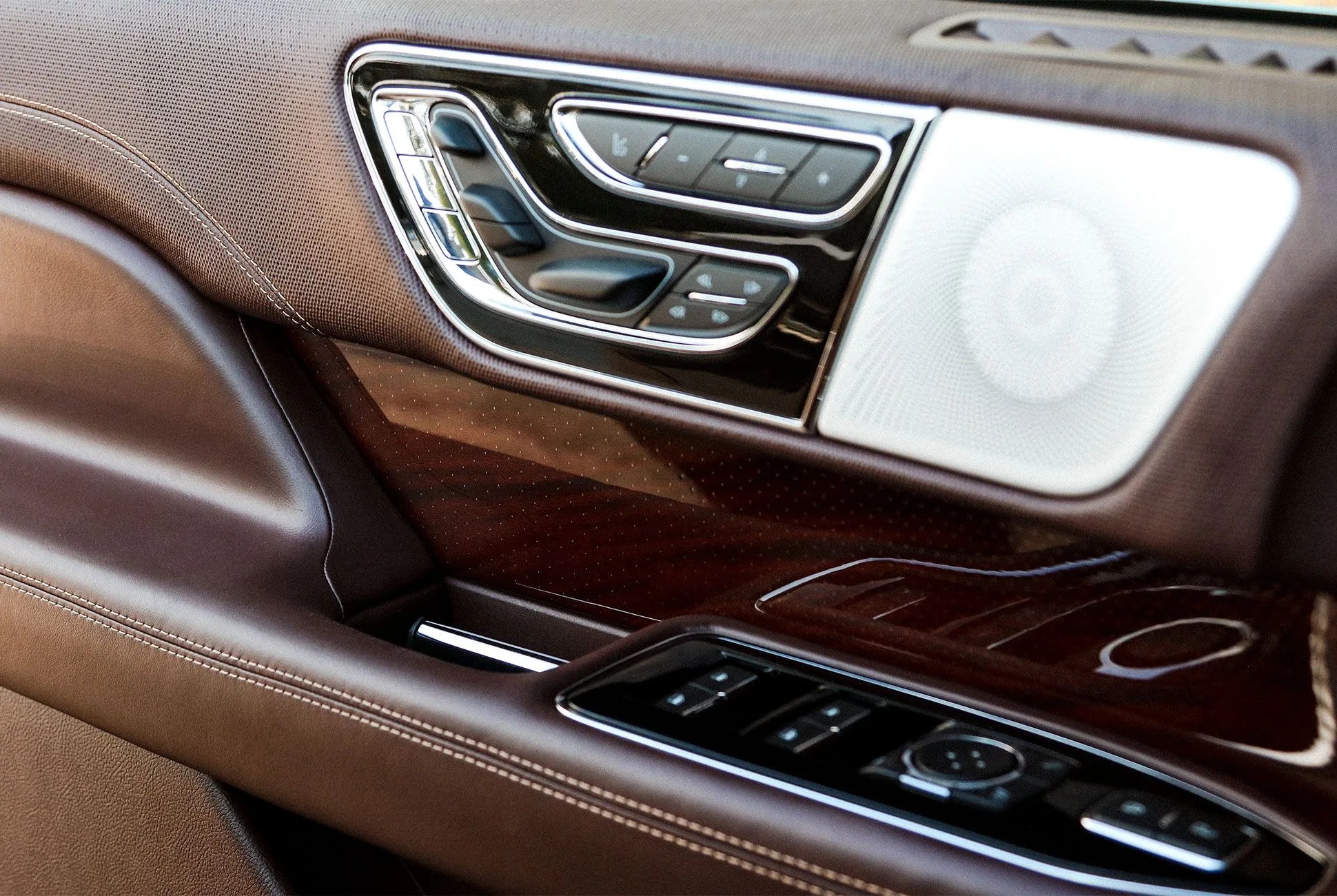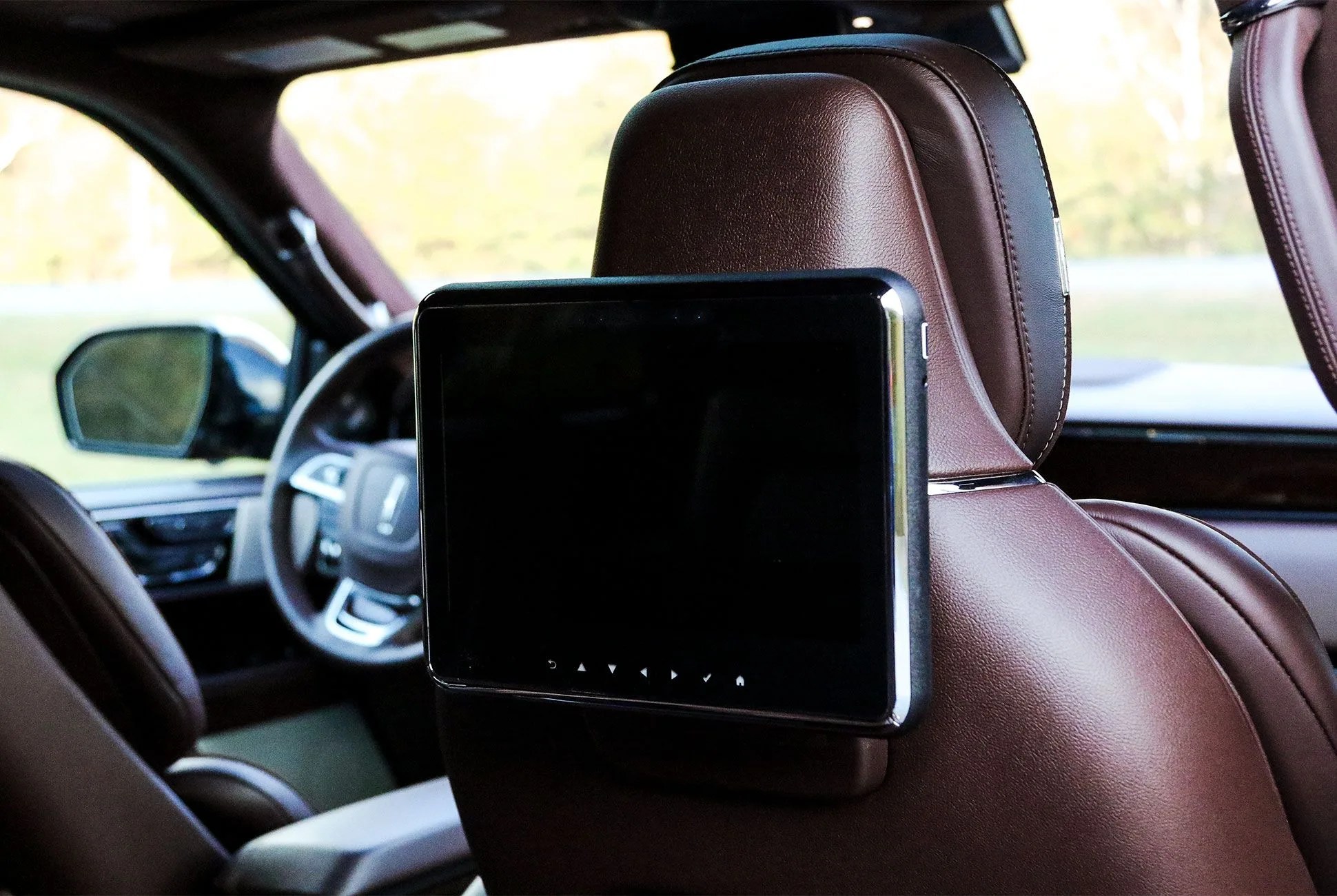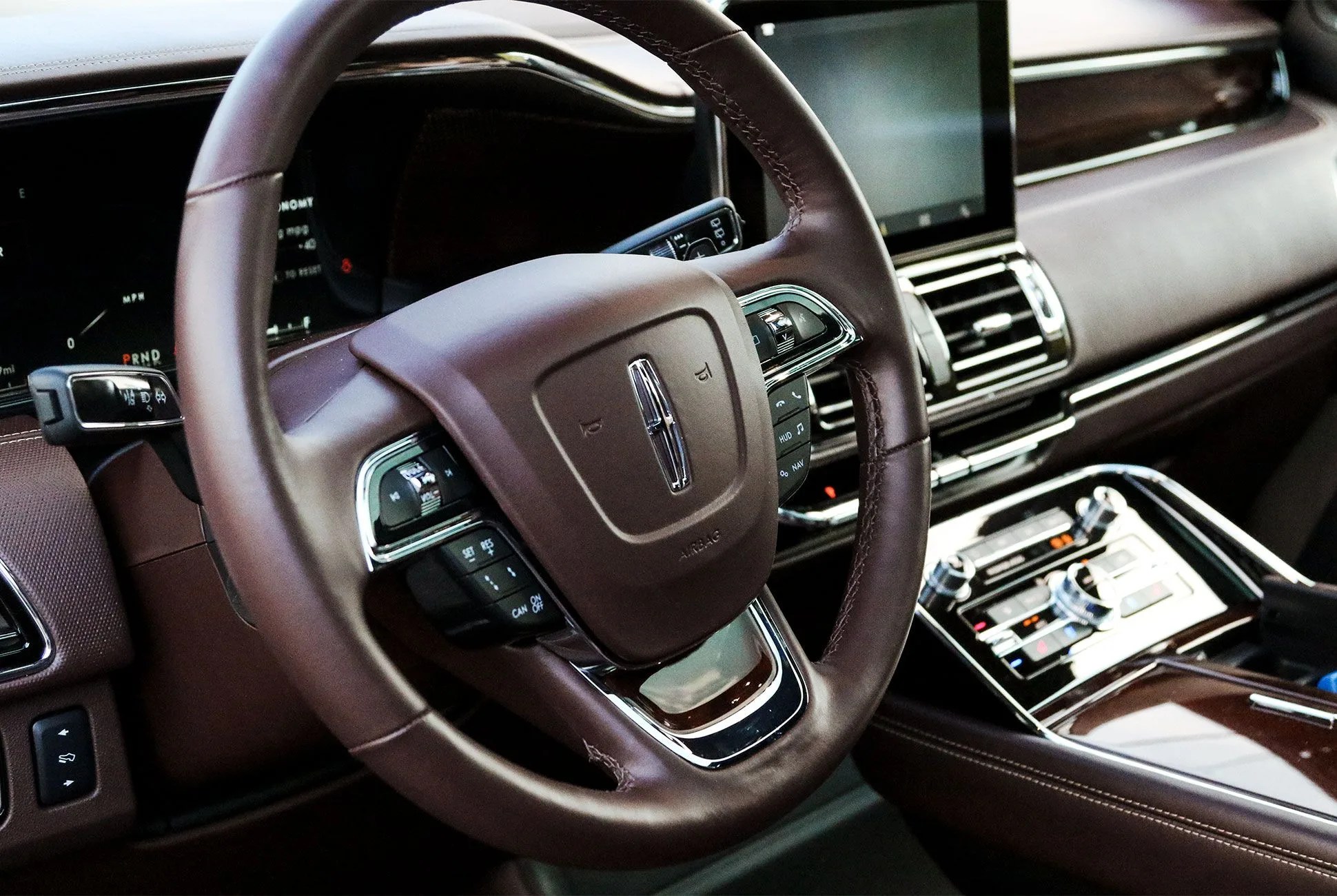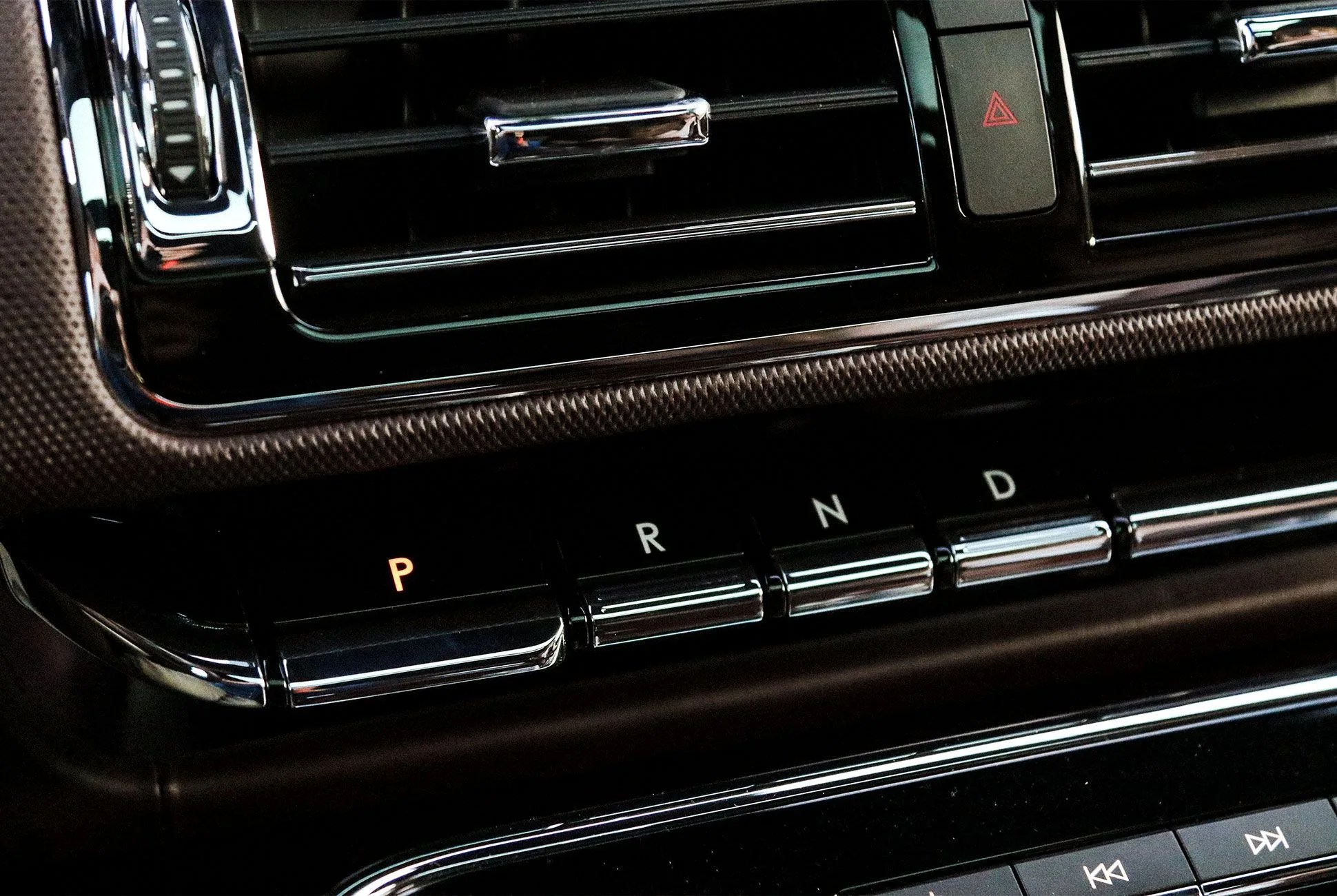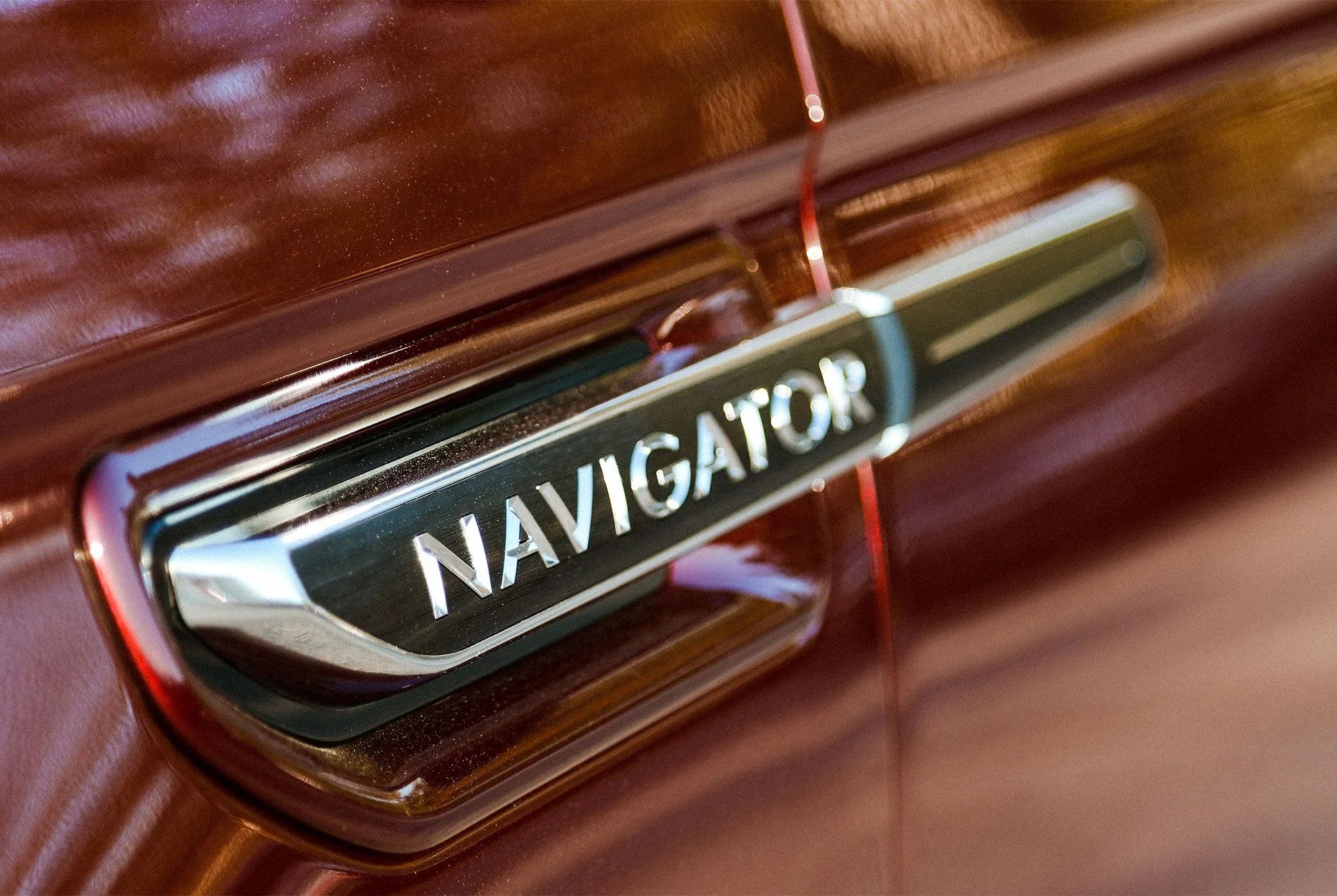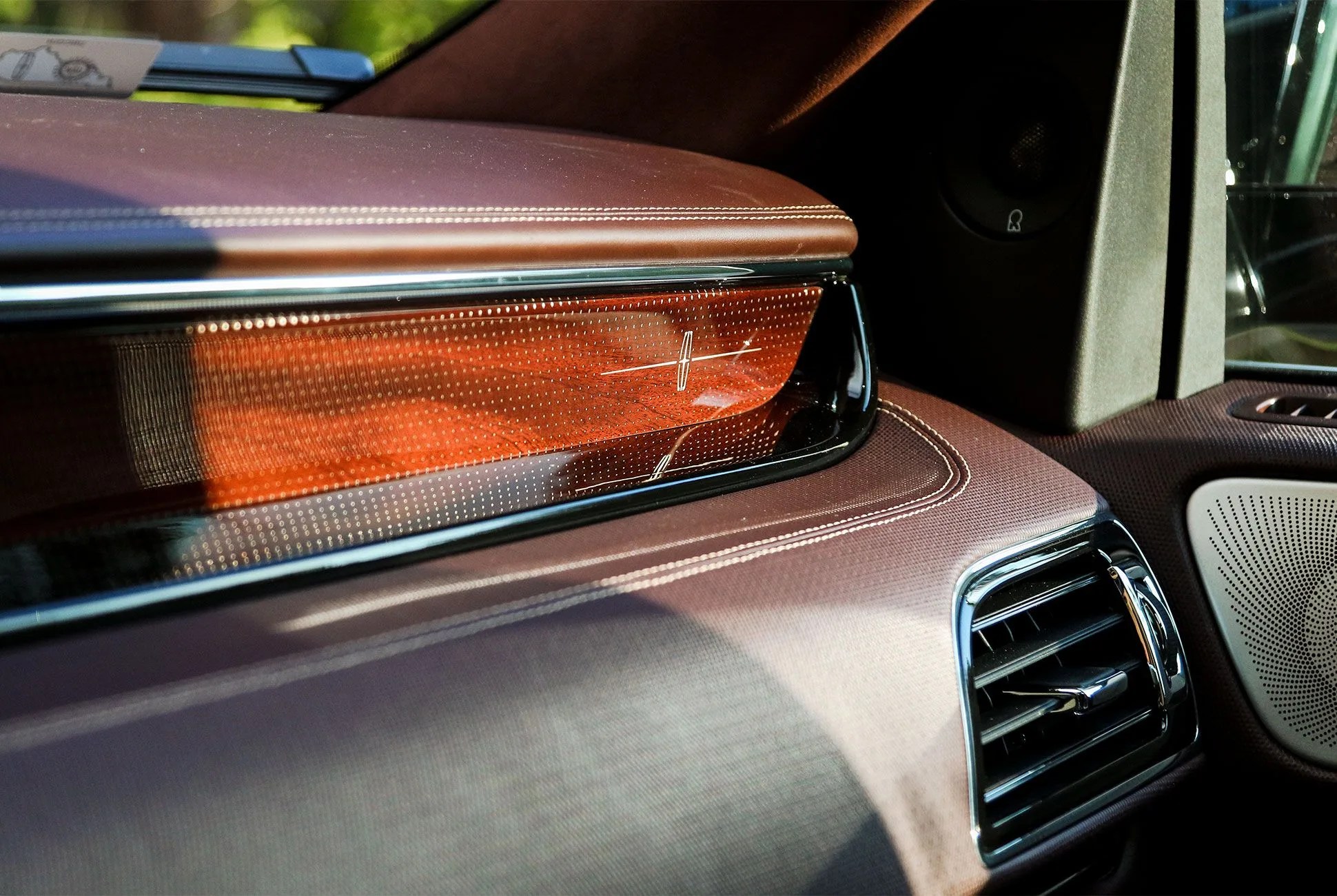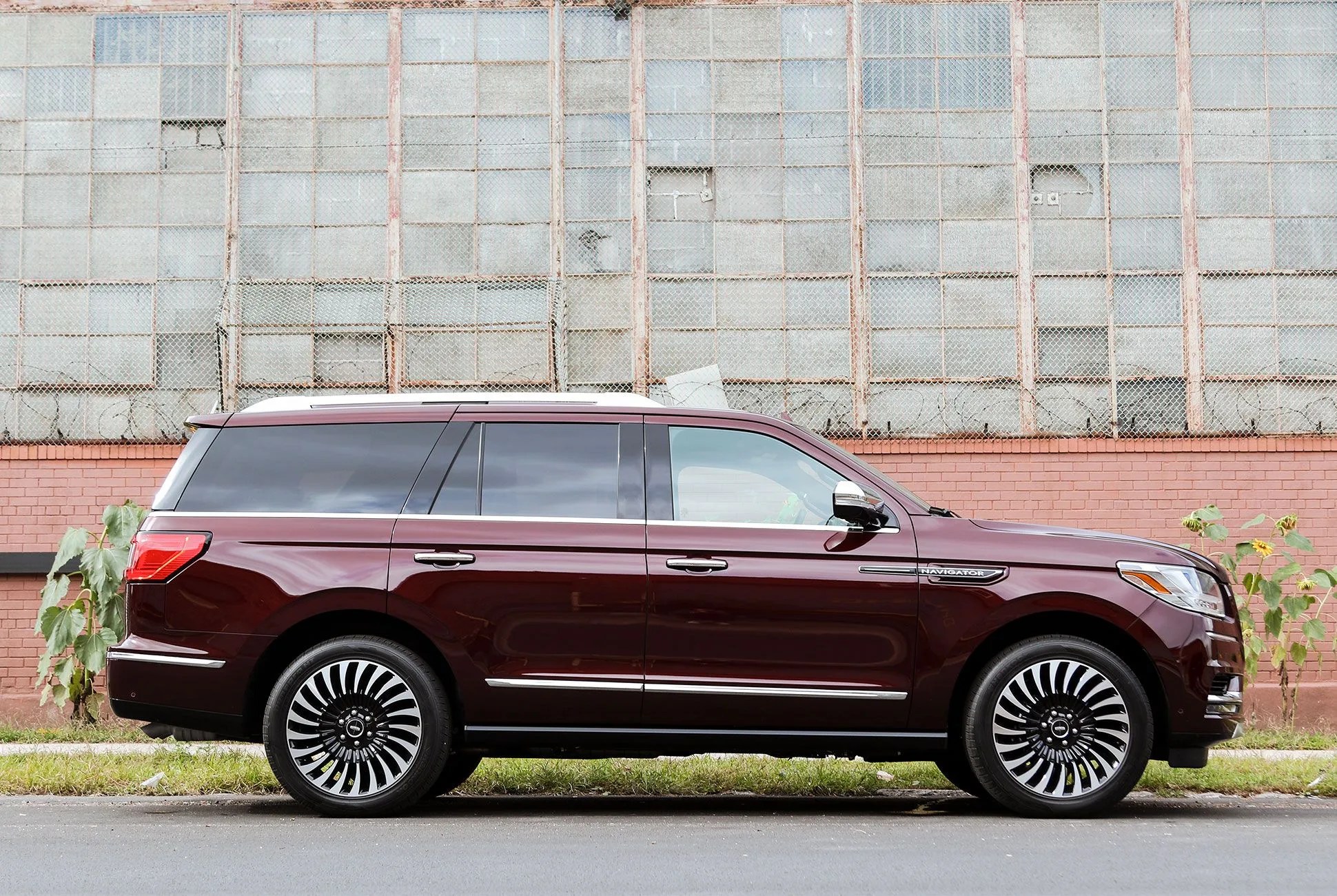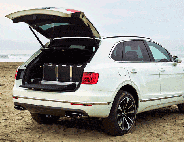16 photos
It’s an obvious assertion that the new Navigator is aimed squarely at Cadillac’s bling-king SUV. The long and short of that discussion is that the Navigator is, without a shred of doubt, leaps and bounds better in every discernible way. Regardless of your take on that rivalry, what’s more amazing to me is who else Lincoln is now successfully competing with: in terms of luxury, capability and technology, the 2018 Navigator, the first complete redesign in the vehicle’s 20-year history, is worthy of comparison with much, much bigger dogs, like Mercedes-Benz’s GLS and Bentley’s Bentayga. This is a serious, serious SUV — an absolute mic-drop benchmark for its price range. Though Cadillac, et al. likely aren’t scared, I do imagine they’re quickly wearing through plenty of whiteboards with furious brainstorm scribbles.
Lincoln’s goal is to make “the ultimate family vehicle.” Now, I don’t have a family, per se, but I do have opinionated adult friends; instead of suburbs and daycare runs, at my disposal are the beautiful environs of upstate New York. We loaded up early in the day and hit the road in earnest, covering hundreds of miles of highways, country roads, small towns, driveways, parking lots, narrow city streets and light gravel lanes. Even when a three-hour, late evening traffic jam impeded our return, there was nary a complaint.
This completely new, titanic vehicle is replete with technology and comfort and convenience features that are, simply put, on par with those found in the quarter-million-dollar luxury stratus. This is where super upscale competitors should take note. The seats are cosseting thrones, positioned and appointed so well that no one gets shorted on space or of the full-on comfort experience. In between the optional second-row captain’s chairs is a console that rivals some furniture pieces in my actual apartment in terms of size. Like the middle console between driver and passenger, it also features a storage compartment that swallowed a camera bag, a liter of water and shopping bag full of snacks, and it had room to spare. It’s a comfortable, beautiful, airy, bright and spacious living room on wheels (with 11 standard power outlets). My friends, guys whose heights hover around six feet, could all easily cross their legs in even the power-reclining third row.
2018 Lincoln Navigator Black Label
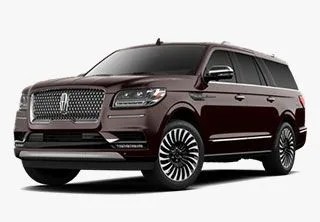
Engine: turbocharged 3.5-liter V6
Transmission: 10-speed automatic
Horsepower: 450
Torque: 510 lb-ft
MSRP: $73,055 (base)
